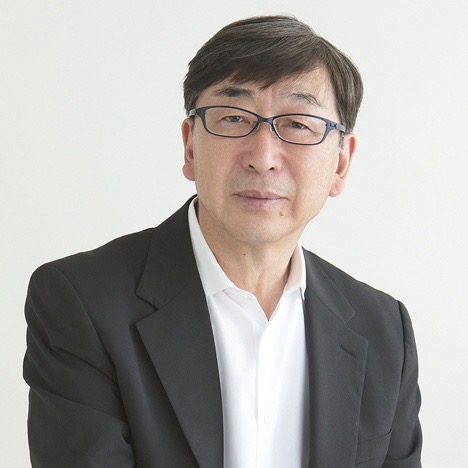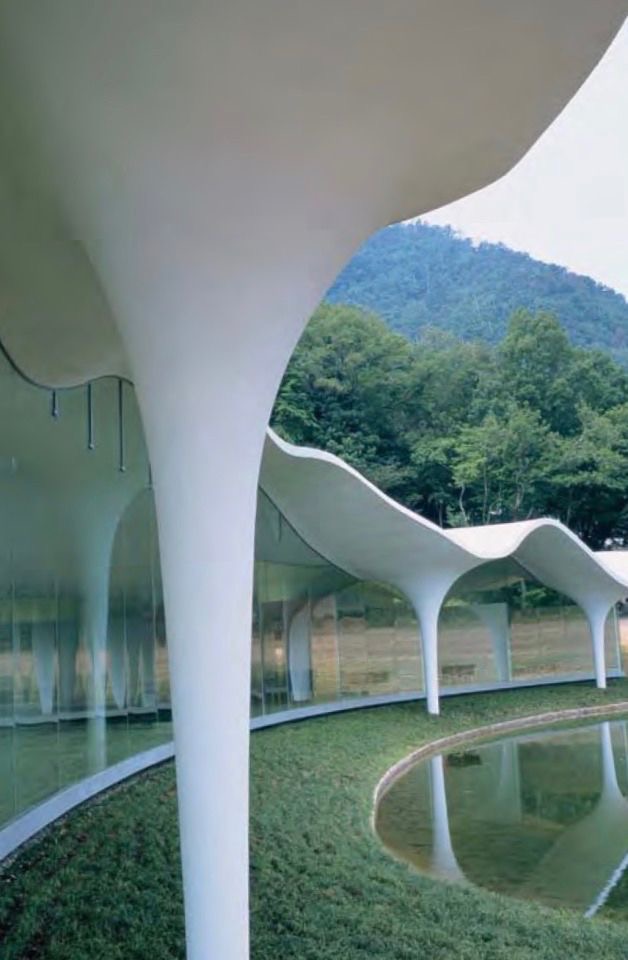Part 1
Toyo Ito is a Japanese architect born in 1941 who studied at The University of Tokyo in the early 19’60s. At the time Kenzo Tange was the principal lecturer there and Ito had the opportunity to then interact with Arata Isozaki, Kisho Kurokawa, and Kiyonori Kikutake, the founder of the Metabolist movement. Following his graduation in 1965, Ito worked for four years for Kikutake and learned about his master’s views on architecture and how we should perceive it as an emotional experience, a theory that Ito disagreed with.
In 2013, Ito was awarded the Pritzker Prize, and the award is seen as recognition of a lifetime’s achievement in architecture.
Some of his most known projects are, the White U House and the Silver Hut, mostly known for being his firsts projects. And from oldest to more recent, The Sendai Mediotheque, the Library of Tama Art University, the Toyo Ito Museum of Architecture and the International Museum of the Barroque.


Now quoting an interview done by Vladimir Belogolovsky published on August 21st 2021 and titled “Toyo Ito wants people to be able to behave as freely as animals behave in nature”. (link at the bottom)
“VB: You once said, “I have one dream – architecture should equal nature.” And here is another quote expressing a similar idea, “I want to create architecture where people feel like being in nature.” Could you elaborate on this relationship between architecture and nature in your work?
TI: I think of human beings as part of nature and, essentially, as animals. And in nature animals choose freely where they want to be. They depend on their feelings and instincts. They have quite a bit of freedom of choices. But if you look at Modern architecture, it is quite the opposite, as it is all about function, efficiency, order, rationalism, and so on. Different spaces are meant for specific functions and activities. I find this very limiting and confining. But here is my position – I want people to be able to behave as freely as animals behave in nature. I want them to behave as they wish and as natural to them as they choose. I want to remove walls as much as possible to make places connected and free, as if they were in a park or forest.”
Ito seems to always be talking about this subject but mostly because most people don’t completely understand what he’s trying to express by this idea. The reason for this, I think, is mostly because of how abstract it is, he tries to bring us back to our natural roots, to when the human species interacted directly with nature and what we could refer to as “the outside”, meaning a place that isn’t in a city and therefore less artificial. Still, what he’s carrying out, seen from a more rational or authentic point of view is a deception of the brain into thinking that we are in a space where we’re free when really, many of his projects have a completely enclosed space included. But of course I think he might be referring more to the more abstract idea of the feeling. Of course, every person who is in one of his designed enclosed spaces, knows they are in one, but the calm, comfortable and spiritual feeling is what he pursues and what he means by this connection with nature.
Part 2
This text was a great way to summarise what being an architect is while also motivate those who may be thinking about becoming this profession. We can recap it all by saying this text is divided into three sections: the previous life to being an architect, the life of the architect in the making and lastly the life of an actual architect. The advices and recommendations put in this book or text are a really good way to show someone the path of architecture, the beginning of it so each can continue on their own. I think the best time to read this is somewhere around first and second grade of bachillerato since it could become a boost in confidence and motivation for the ones thinking about architecture as a profession, but then again, some of us hadn’t decided on what we would end up studying until not long ago. Still, reading this now has helped me to confirm that I chose the correct career.